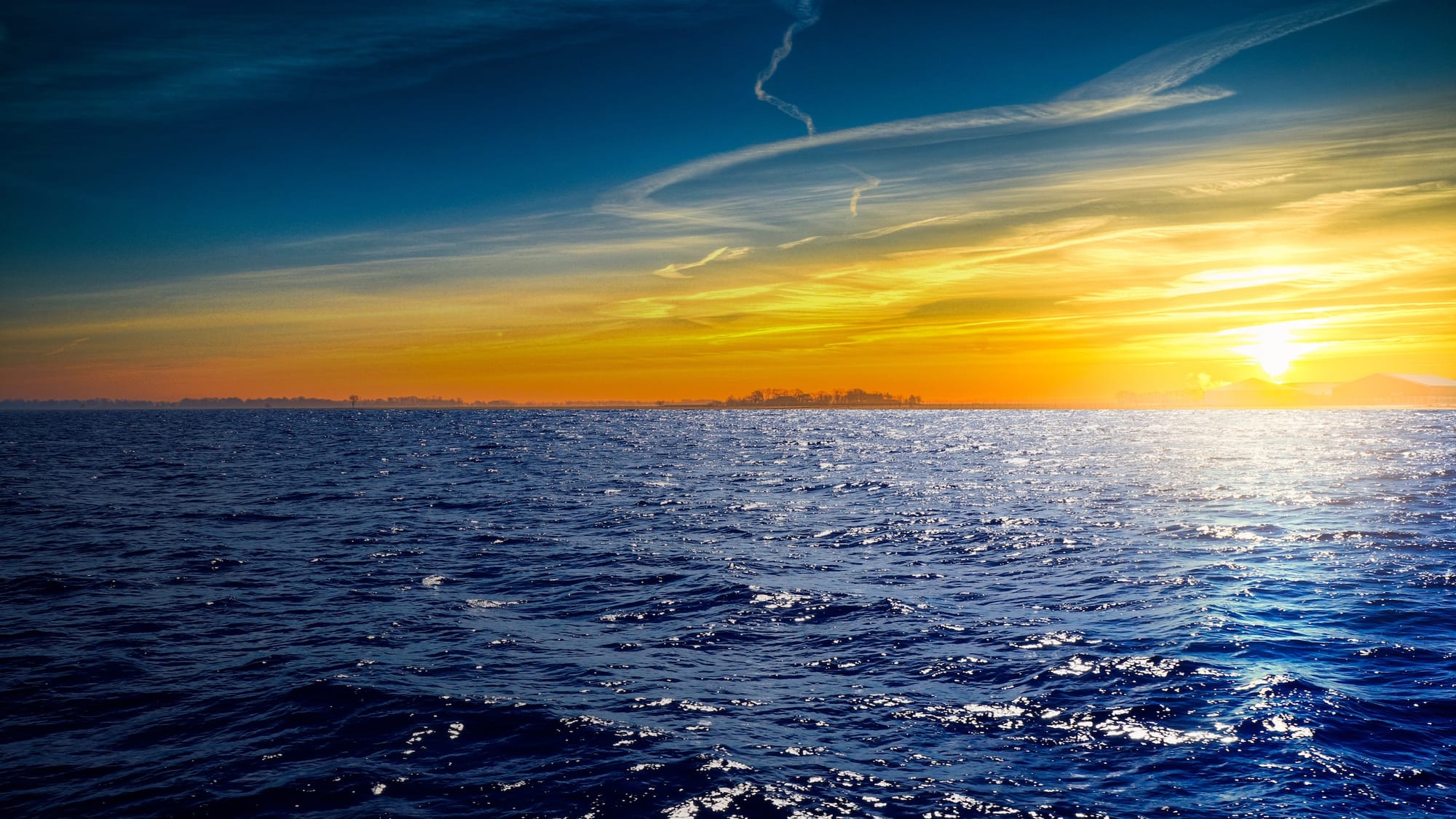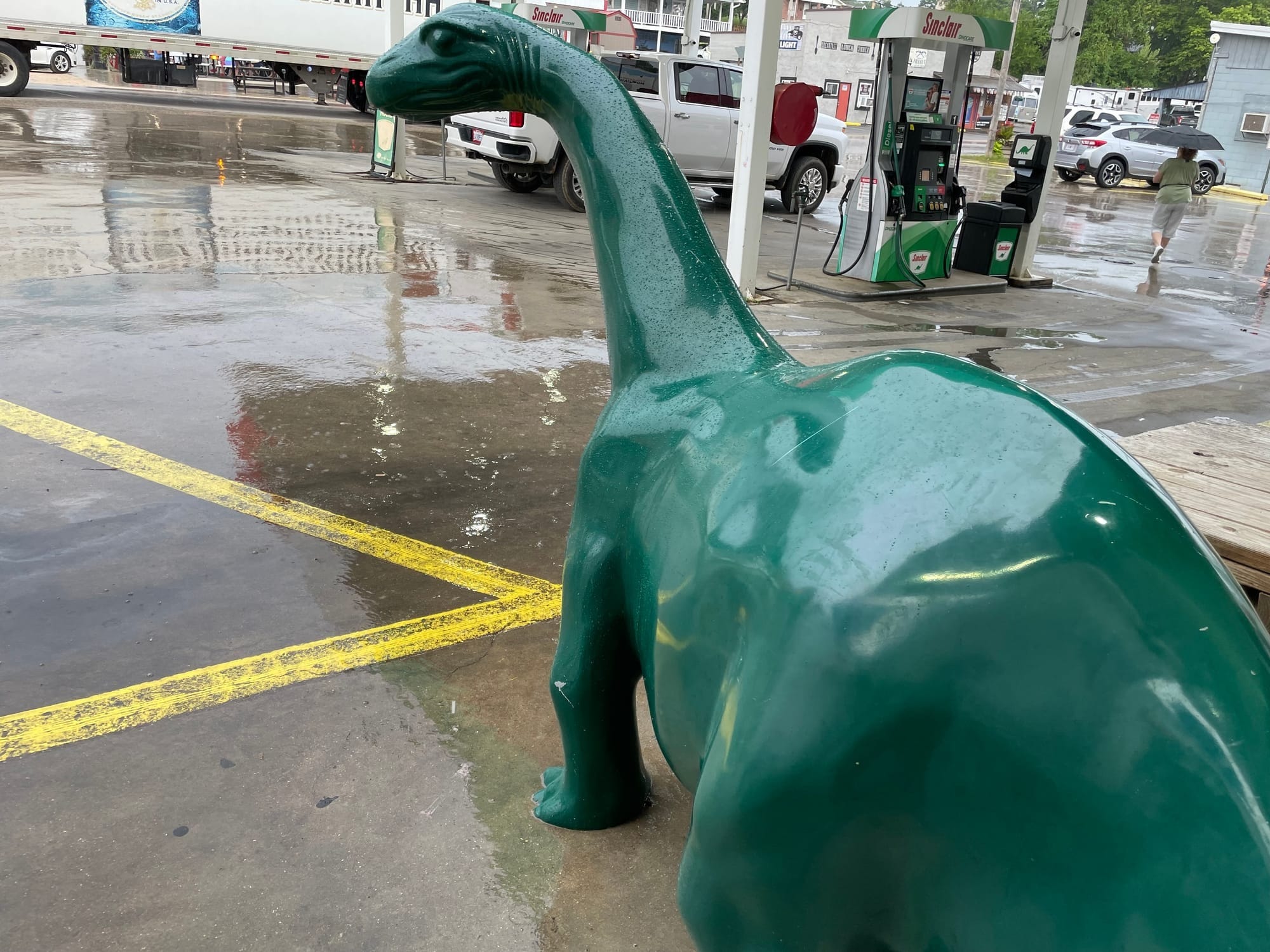Ernest Hemingway’s 1938 story “The Snows of Kilimanjaro” is more fever dream than travelogue. The titular mountain appears only in the final moments of a dying man’s delusions.
But the snows in that story were very real at the time. Images from the early 20th century show the 19,341 peak crowned by a network of glaciers that sprawled far down its flanks. The huge mountain, just three degrees from the equator, was majestically crowned in sparkling ice.
A century later, 85% of that ice is gone. Of the ice still present on the mountain in 2000, 40% disappeared in the next decade as the rate of loss continues to increase.
Most of the remaining ice on Kilimanjaro is expected to disappear before 2040.
Those vanishing glaciers are mirrored by similar losses around the world. Whether it’s the Alps, the Rockies, or on fjord-incised northern coasts, glaciers are becoming a thing of the past. And they’re becoming a sight that tourists are crowding around before they are gone.
As CNN reports, there is a boom in glacier tourism. And that boom is based around the idea that people know their opportunities to visit with rivers of ice formed from snow that fell centuries—or millennia—ago is rapidly coming to an end. That there should be a burst of “last chance to see” tourism is completely understandable. These are some of the most beautiful and powerful of the world’s ancient wonders. Who wouldn’t want to see them while there is still time?
If only the enthusiasm for paying a final visit to wonders on their way out, was matched by making efforts to save them.
When talking about the climate crisis, dire warnings are often accompanied with some near future date. This will happen if we don’t address the issue by 2050. This is what things will be like at the end of the century. But the reason that glaciers have been shrinking for decades, both those near the pols and those perched on mountain peaks, is that they are out of balance with the conditions that already exist. They aren’t just dying now. They were dying twenty years ago. Fifty.
Now they are just dying faster.
Even under the most optimistic estimates, one where everyone buckles down and meets the toughest goals, half of the world’s glaciers are going to vanish completely in this century. Their fate is, so to speak,baked into the equation.
Whenever discussing how we should deal with the climate, it’s important to emphasize that this is a serious, immediate, and genuinely existential threat. However, it’s just as important not to make the road ahead seem hopeless. Even if we can’t halt the increase at 1.5 degrees C, or 2.0 degrees, or even 3.0, that’s not an excuse to stop trying. Every step in addressing the crisis is important. “Oh, well, guess it’s too late,” is just the next step for those who first denied there was a problem, then insisted it was not human-caused, then declared addressing the challenge too expensive. It remains critical to prevent individuals and governments from concluding that the fight is lost.
But when it comes to glaciers… see them now, while you can, because they are going away. That fight is over.
Many of these glaciers are much diminished from what they were a generation ago. Like tigers pacing in a cage, they only give a hint of what they were. But they’re still more than worth the effort. Not surprisingly, Glacier National Park is a good place in the U.S. to get up close to the vanishing ice. Ride up Going to the Sun highway. If you’re up for a challenging hike, see Grinnell Glacier. If you’d rather watch enormous blocks calving into the sea, a visit to Alaska Bay will certainly deliver.
But be careful. As CNN notes, the rush to catch a glimpse of that deep blue ice as it retreats higher up the mountains and farther into stony valleys is leaving behind more than bare ground. It’s leaving bodies.
Three tourists died when they tried to kayak too close to a glacier dropping enormous bergs. Last month, an American tourist died while exploring an ice cave in Iceland. Others have died from falling ice or rocks. That includes a catastrophic collapse of a glacier in Italy that killed 11 people. Even in their death throes, giants are dangerous.
But that doesn’t mean it’s not worth making the effort to see a glacier now while you still can. It’s very much worth it. Just be respectful of the place and of the ecosystem—including the people—for whom the glacier is more than a tourist destination.
Fortunately, in the case of Kilimanjaro, the disappearance of the glaciers is not expected to make a significant impact on the communities and creatures at the base of the mountain. But that’s not true everywhere. The annual melt waters from glaciers forms rivers, waters forests, and brings life in otherwise barren areas. When the glaciers are gone, everything else will go with them.
Go. Go soon.
The snows of Kilimanjaro have been there 17,000 years, but they will vanish within the lifetime of many alive today. Visitors to the peak will see only craggy rock, occasionally graced by fleeting snow.
The the snows of Kilimanjaro will soon be a dream for us all; a fever dream for a sweltering world.











Comments
We want Uncharted Blue to be a welcoming and progressive space.
Before commenting, make sure you've read our Community Guidelines.